Photo by Karolina Grabowska from Pexels
Eye irritation, unfortunately, is a common discomfort many of us experience in our daily lives. An occasional annoyance for some, a chronic nuisance for others, it’s a phenomenon that can affect one’s quality of life. Let’s delve deeper into understanding the different types of eye irritations, their causes, symptoms, and how to combat them effectively.
Table of Contents
ToggleClassification of Eye Irritations
Eye irritations, as diverse as the people they afflict, can manifest in various forms, each eliciting a unique range of symptoms. Understanding these different types of irritations is critical not only to your eye health but also to your well-being. Here are the primary categories they fall into.
Chronic Eye Irritation
Chronic eye irritation is an ongoing issue that might make your eyes perpetually red, itchy, or watery. This discomfort is typically a symptom of underlying conditions such as dry eye syndrome or blepharitis. Chronic irritation may require long-term management strategies and should be evaluated by an eye care professional.
Moreover, If chronic eye irritation persists, seeking professional guidance for effective management is essential. Eye care professionals can provide valuable insights, and for those dealing with conditions like dry eye syndrome or blepharitis, it’s beneficial to learn about Alimera. This potential solution may contribute to alleviating discomfort and improving eye health.
Acute Eye Irritation
An immediate and often intense discomfort characterizes acute eye irritation. It’s frequently sparked by external factors like dust, smoke, or exposure to harsh substances. A common example is chlorine eye irritation often experienced by swimmers or those frequently exposed to chlorinated water. Thankfully, with the use of eye drops for chlorine eye irritation, the problem often subsides once the triggering factor is removed.
Allergic Eye Irritation
When your immune system overreacts to an allergen—be it pollen, pet dander, or something else—you experience allergic eye irritation. Symptoms of this type often include itching, redness, and tearing, frequently accompanied by other allergy symptoms like sneezing or a runny nose.
Infectious Eye Irritation
Caused by an infection from bacteria, viruses, or fungi, infectious eye irritation symptoms can range from mild discomfort to severe pain. Redness, discharge, and light sensitivity often characterize it. It’s crucial to seek medical advice for proper treatment, as some eye infections can potentially threaten vision if left untreated.
Symptoms and How to Identify Different Eye Irritations
Recognizing the symptoms of eye irritation is the first step toward finding relief. While some signs are common across various types of eye irritation, others can hint at the specific cause. The wide range of symptoms includes:
- Redness: An immediate and apparent sign of eye irritation, this usually occurs when the blood vessels in the eyes expand due to inflammation or infection.
- Itching: This uncomfortable sensation often leads to the reflex of rubbing the eyes, which can exacerbate the irritation.
- Watery Eyes: Excessive tearing, or epiphora, is a common reaction to eye irritation. It can result from either an overproduction of tears or a lack of proper drainage.
- Dryness or Grittiness: This often feels like a foreign body in the eye, causing discomfort with each blink.
- Pain or Discomfort: Depending on the cause, you may experience mild to severe eye pain.
- Swelling: Inflammation can cause swelling or puffiness around the eyes, particularly the eyelids.
- Sensitivity to Light: Often referred to as photophobia, this can make it difficult to endure bright lights or sunlight.
- Blurred Vision: Although not as common, persistent irritation can sometimes blur your vision.
- Discharge: In certain cases, especially with infections, a sticky or crusty discharge may be present, sometimes causing the eyelids to stick together.
These symptoms can vary in intensity and duration, depending on the cause of the irritation. While you can monitor these signs, remember that they can overlap between different types of eye irritation, making self-diagnosis a risky venture.
Prevention and Treatment of Eye Irritation
Maintaining the health of your eyes requires more than just a passing concern. It’s a commitment to consistent care, diligent hygiene, and a lifestyle that supports eye health. Below, we explore several preventative measures and treatment strategies for eye irritation.
Good Hygiene Practices
Hygiene plays a pivotal role in preventing eye irritation. Ensure you wash your hands regularly, especially before touching your eyes. If you wear glasses or contact lenses, clean them regularly as per the manufacturer’s instructions. Discard expired cosmetics and never share eye makeup to prevent the spread of infection.
Reducing Eye Strain
With the ever-increasing screen time in today’s digital age, it’s essential to adopt habits that reduce eye strain. Follow the 20-20-20 rule: for every 20 minutes spent looking at a screen, take a 20-second break to gaze at something 20 feet away. Adjust the brightness of your screens and ensure your workspace has adequate lighting. Consider going on a digital detox from time to time. This is good not only for your eyes but also for your mental health.
Diet and Hydration
Nutrition can significantly impact eye health. A balanced diet abundant in vitamins A, C, E, zinc, and omega-3 fatty acids can help maintain and even improve your eye health. Foods such as carrots, leafy greens, oily fish, and citrus fruits are excellent choices. Also, adequate hydration is crucial for maintaining a healthy tear film and preventing dry eye syndrome.
Environmental Control
Avoid environments with smoke or dust, and wear protective eyewear when necessary, like in windy conditions or when swimming in a chlorinated pool. Use air filters to reduce allergens in your home if you’re prone to allergies.
Allergy Management
For those prone to allergic reactions, it’s crucial to avoid known allergens. Over-the-counter antihistamines can help manage allergic reactions. If you wear contact lenses, consider switching to glasses during allergy season or using daily disposable contacts.
Medication and Medical Help
Over-the-counter lubricating eye drops can provide instant relief from dryness and irritation. If you frequently suffer from eye irritation due to dry eyes, your healthcare professional might recommend preservative-free drops. In situations where infection is causing the irritation, antibiotic or antiviral eye drops might be prescribed.
Regular Eye Check-ups

Lastly, don’t underestimate the value of regular eye check-ups. Routine examinations can detect issues early, even before symptoms appear, allowing for timely treatment and preventing potential complications.
Conclusion
The journey beyond tears and discomfort begins with understanding the different types of eye irritation. An informed approach towards prevention, early detection, and appropriate treatment can significantly improve the condition and, consequently, your quality of life. Always remember, your eyes are your windows to the world, so take good care of them.








